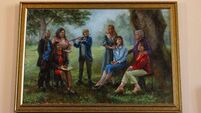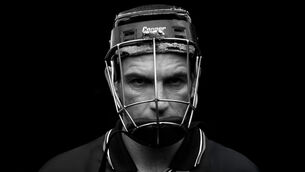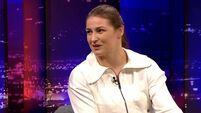Bird that came back from extinction
Magnificent birds, we may soon have the opportunity of again seeing them sailing high in Irish skies. Once widespread, they suffered two extinctions here in the last century but re-colonisation from Scotland resulted, each time, in renewed breeding success. Now, spreading south from strongholds in Donegal, Monaghan and Louth, there are small breeding populations in Wicklow and the Midlands, and two pairs successfully nested in Co Cork in 2004.
Slightly smaller than a raven, they actually seem larger, perhaps because of their broad, rounded wings, robust body and broad tails, normally fanned out in flight. The plumage is gradations of brown, dark above, and pale beneath with blackish bars and streaks.













![Johnny_Stephens_Photography-02-425A6831-Edit[1].jpg Restaurant review: The Ivy Asia is an assault on all five senses — I hated it](/cms_media/module_img/9752/4876311_6_teasersmall_Johnny_Stephens_Photography-02-425A6831-Edit_5b1_5d.jpg)
